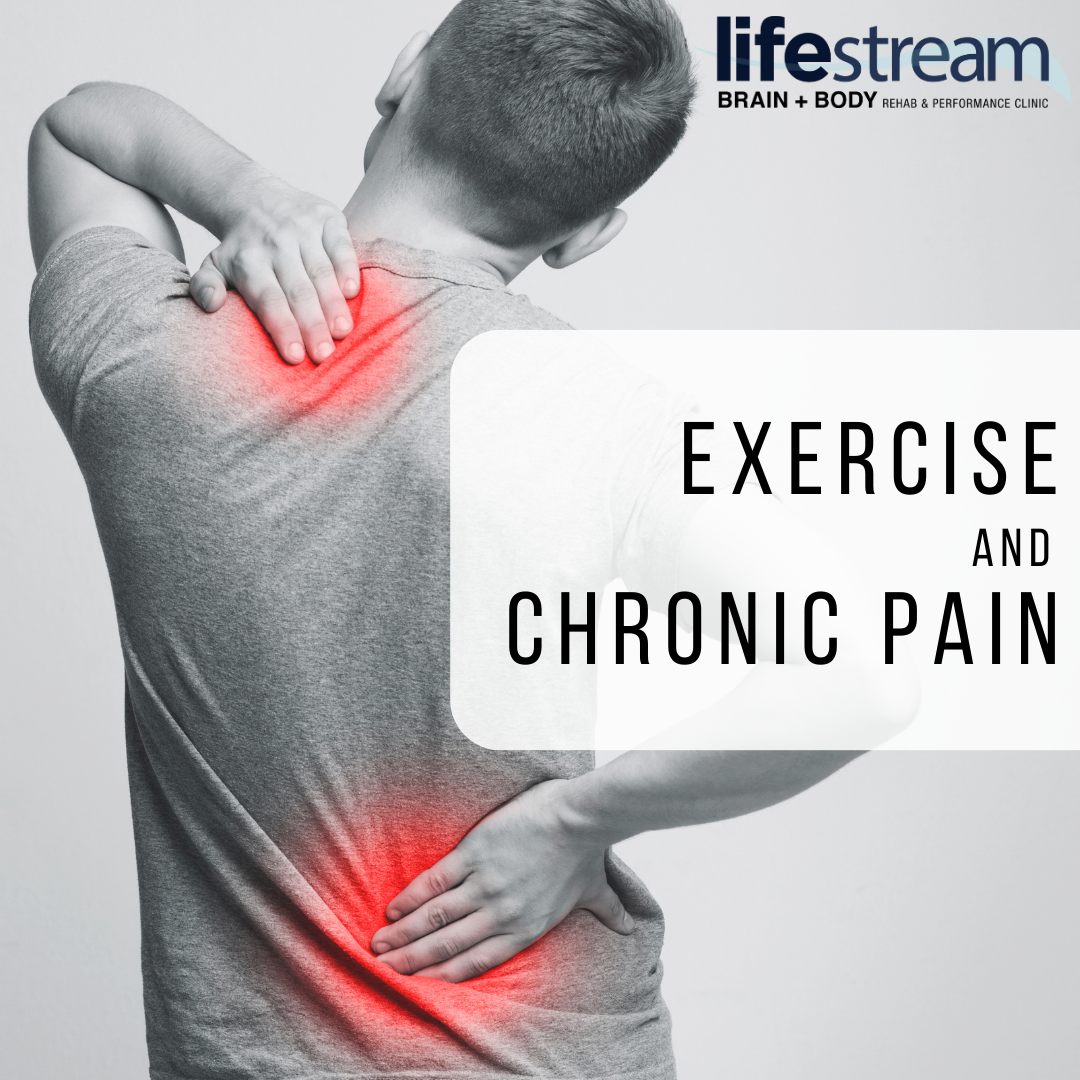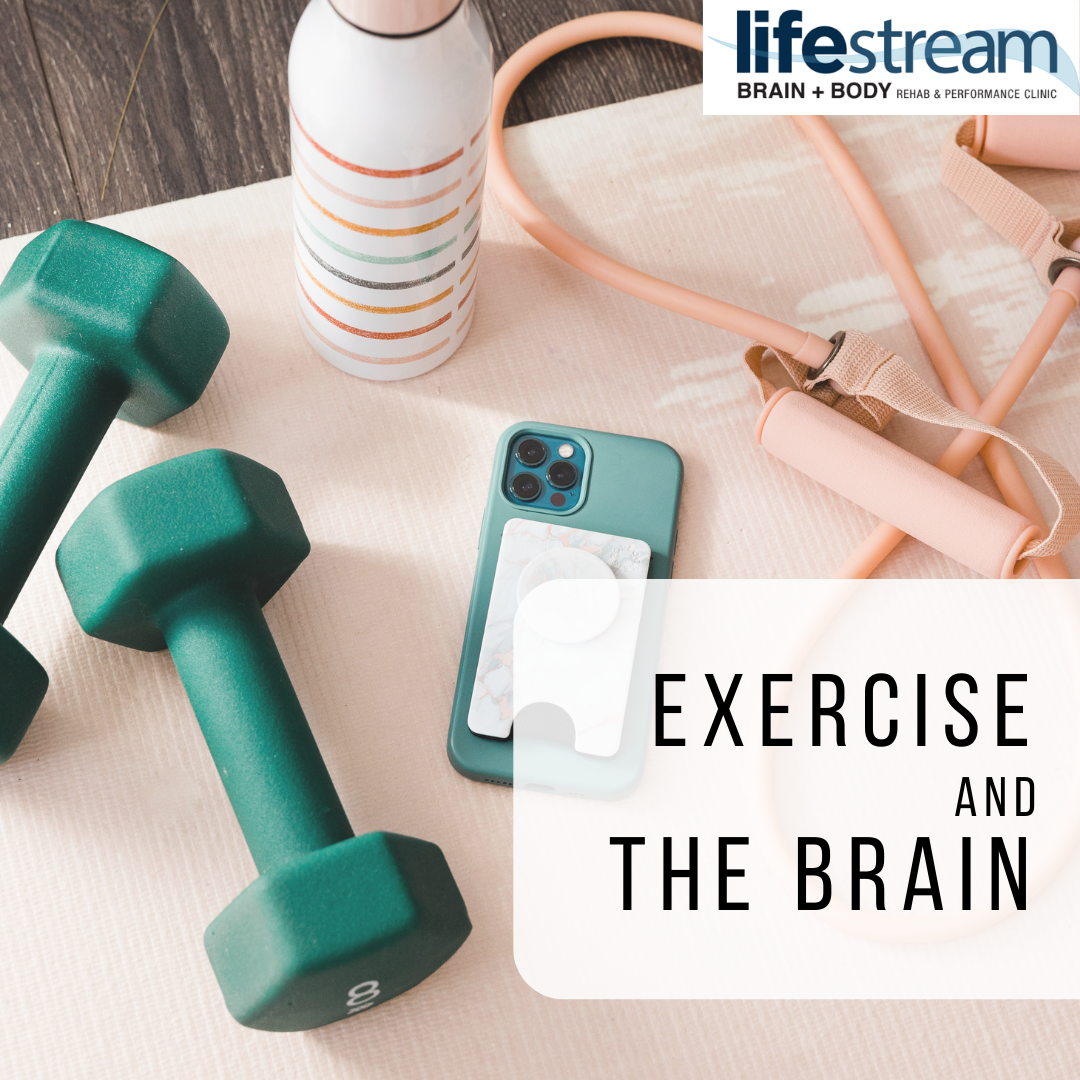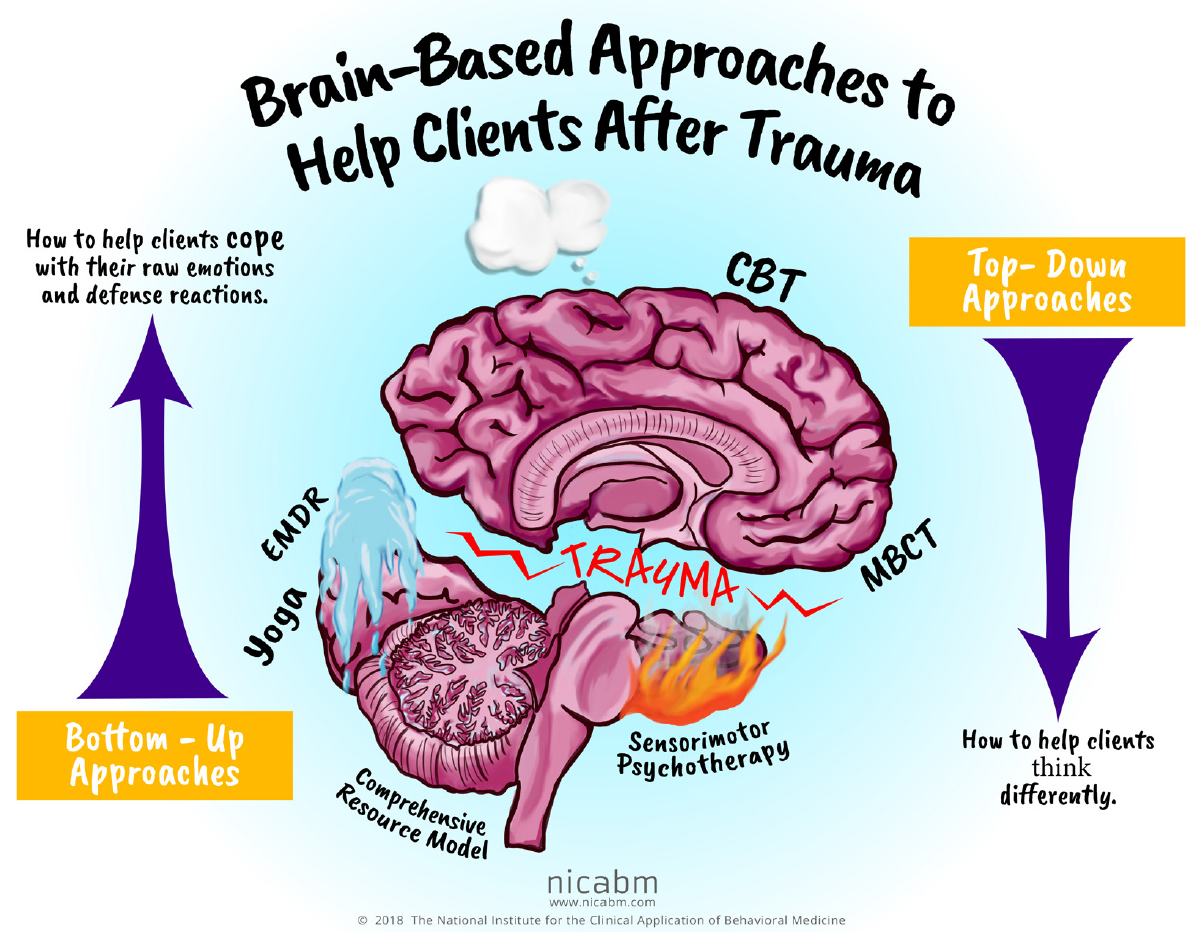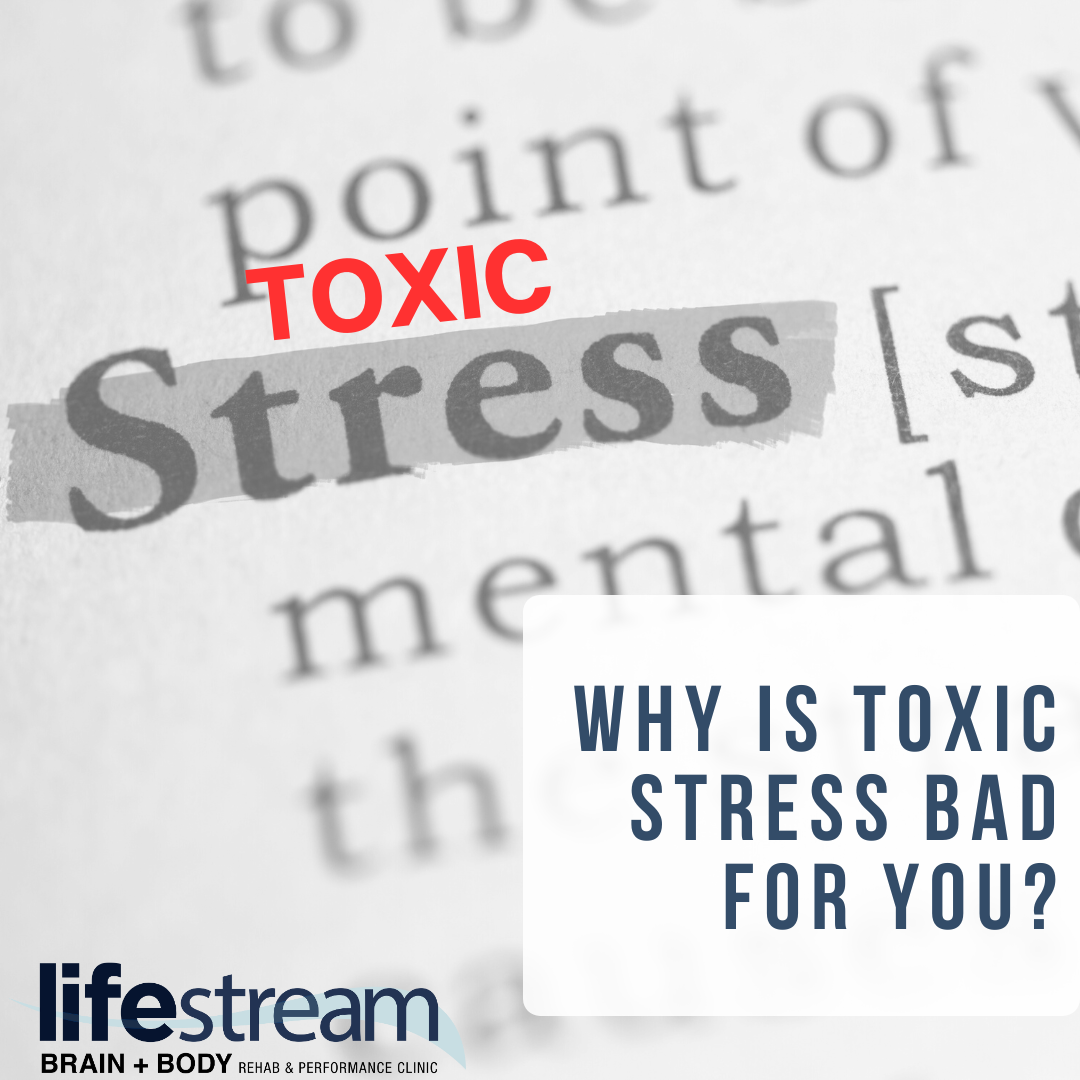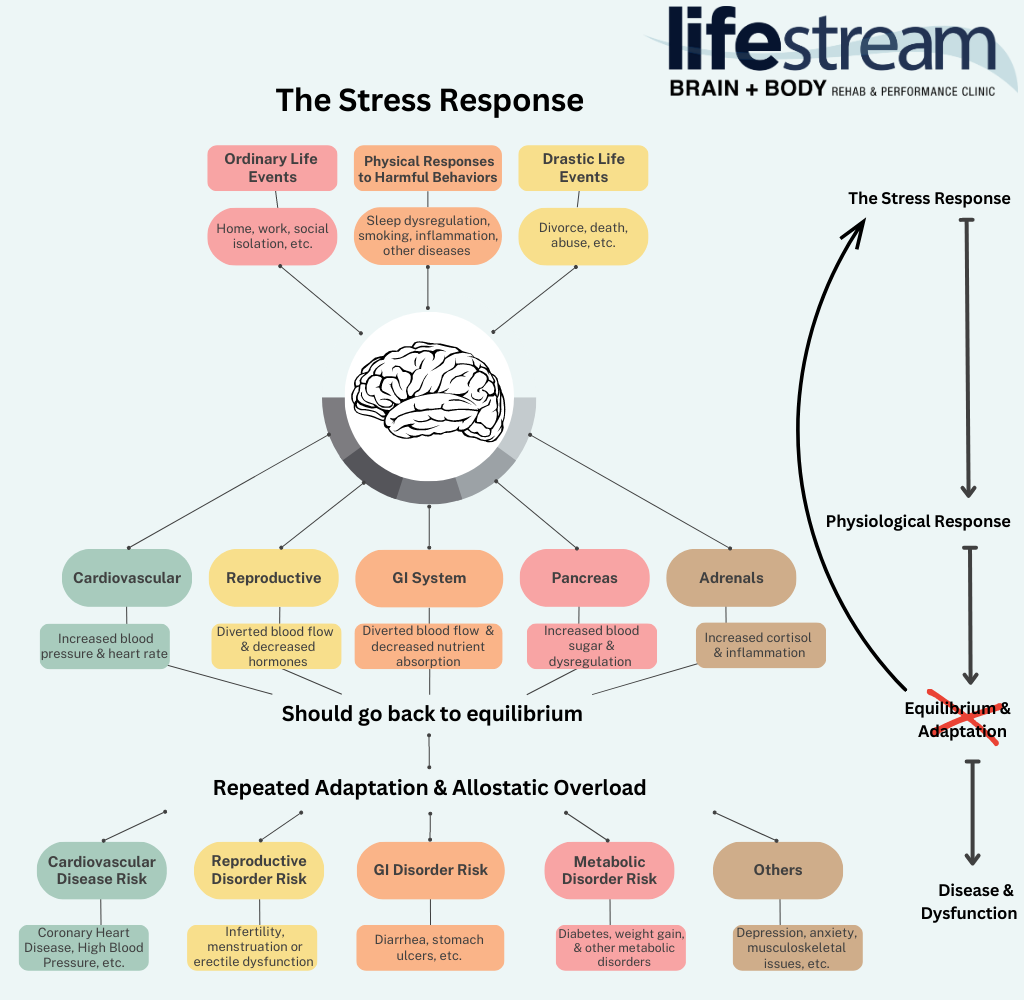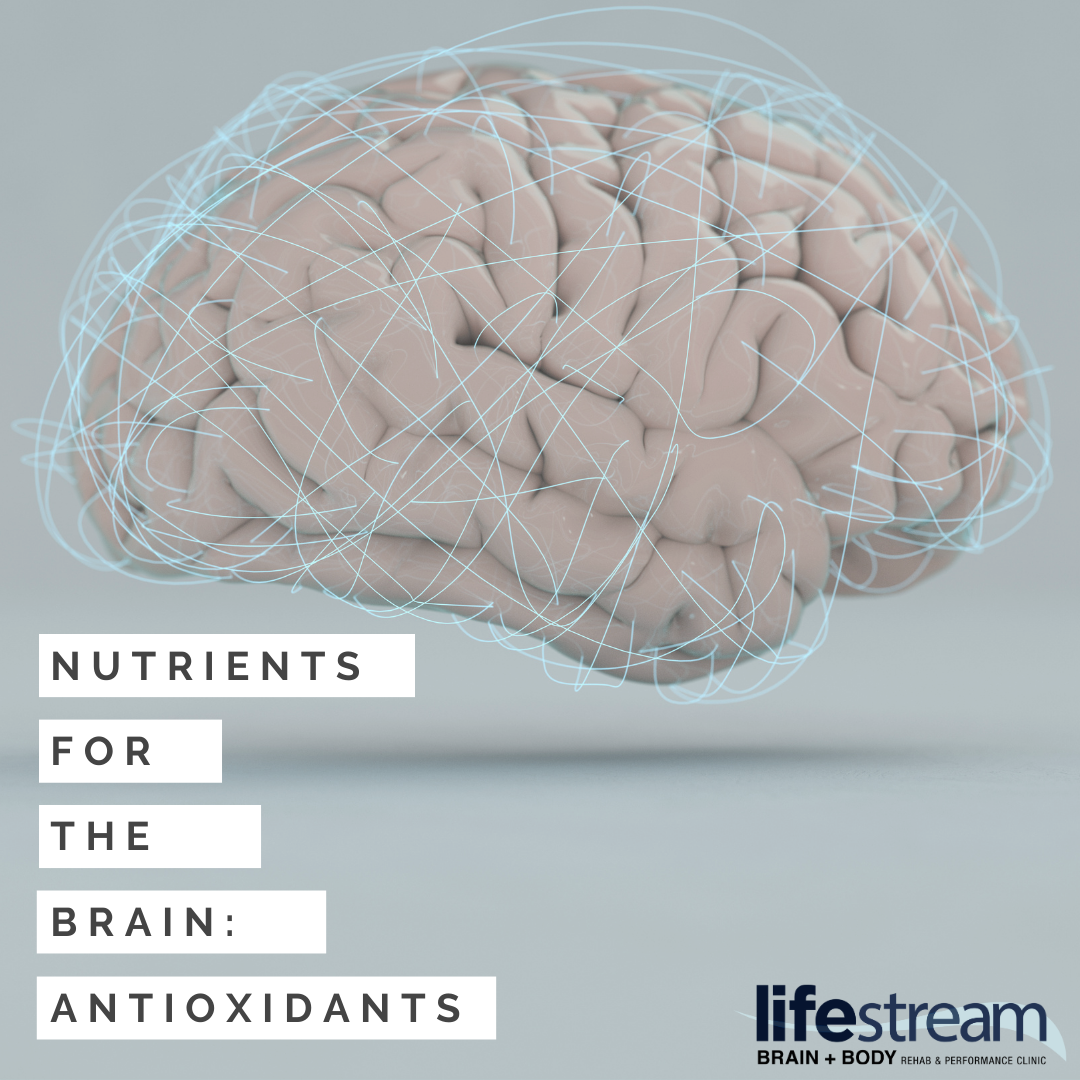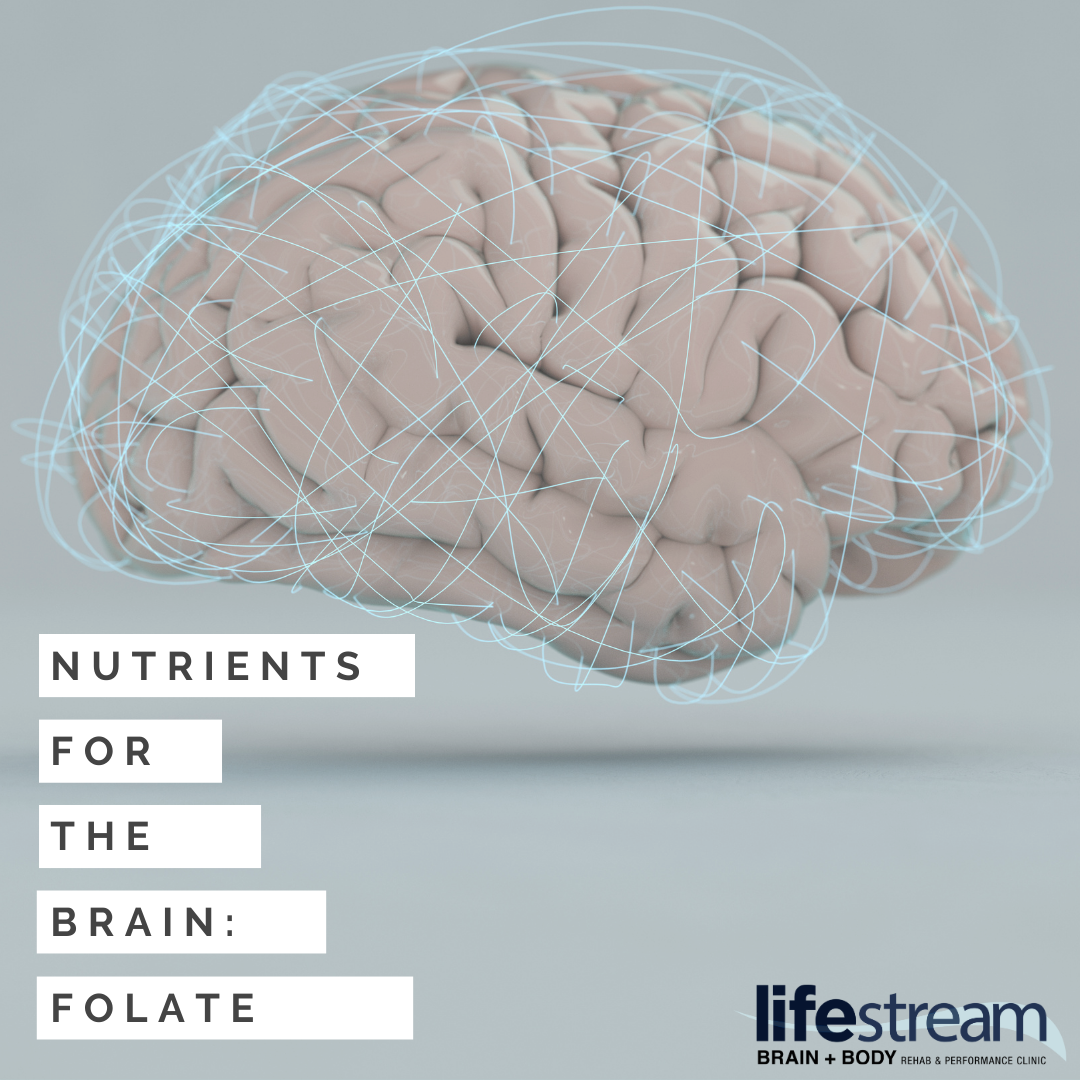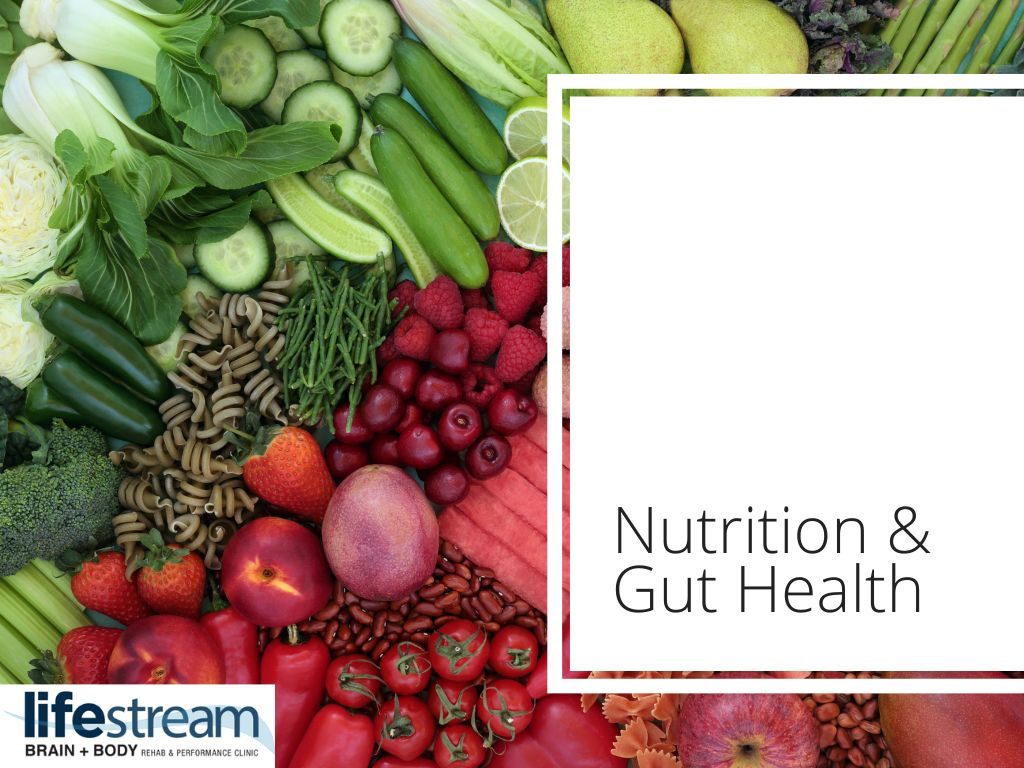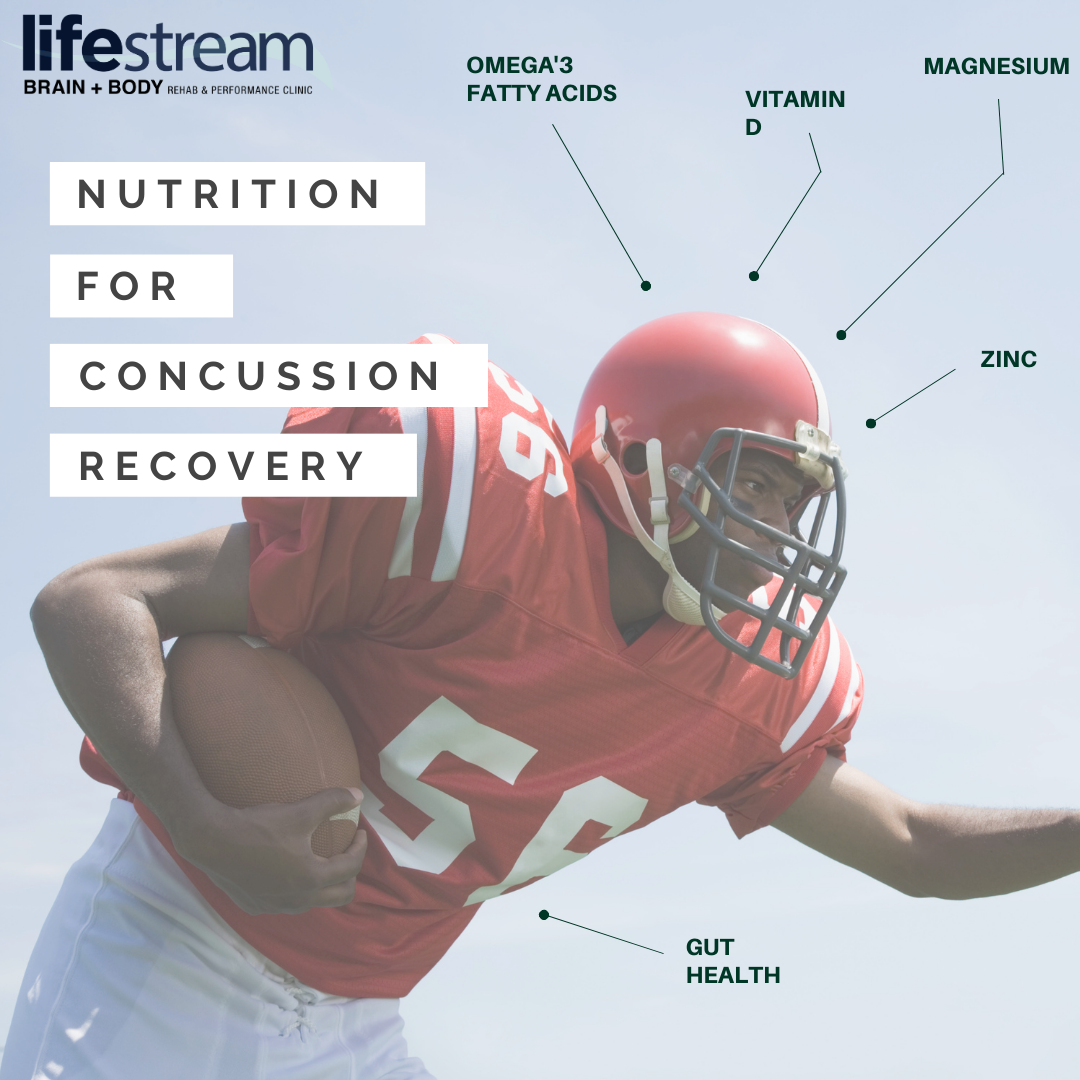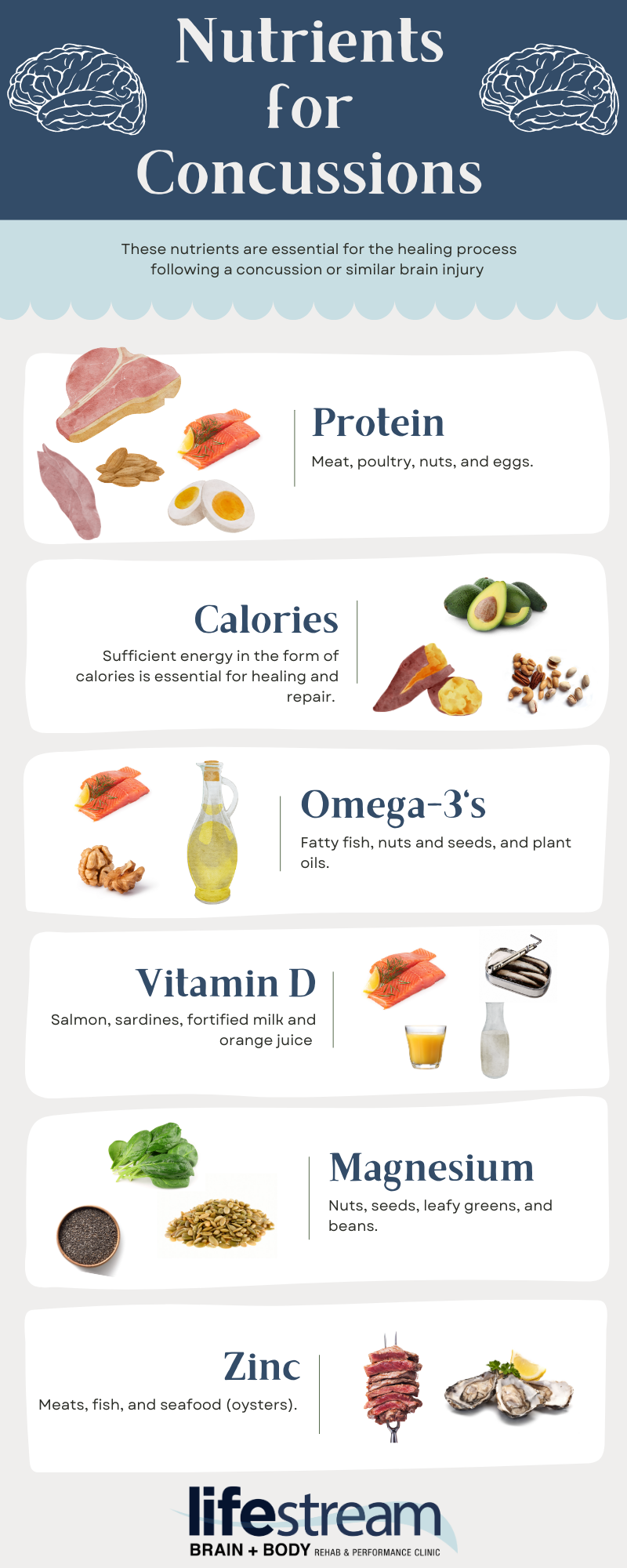Exercise and Chronic Pain
Does exercise help or hurt my chronic pain?
Chronic pain is defined as pain that lasts for longer than 3 months. This is the time period chosen because it is beyond when normal tissue healing should occur. In the United States in 2021, an estimated 20.9% of people experienced chronic pain. This is a general term as other forms of chronic pain cause actual continued tissue damage such as cancer or osteoarthritis. Since there are such a wide variety of chronic pain syndromes with different causes, we won’t be diving into any of the specifics of those diseases.
When you experience constant pain that doesn’t go away, it is only normal to question whether or not exercise would be helpful for you. This pain can even begin to affect your daily life. Pain is never fun; therefore, it is our natural response to want to decrease the pain. Our natural instinct is to move less in order to try and reduce pain. It is counter-intuitive that exercise can help improve chronic pain. However, inactivity can also lead to other issues such as muscle atrophy (your muscles get smaller because they’re not being used), poor posture and stability, and other health problems. Fear is a common emotion experienced with chronic pain. Avoidance of certain behaviors or movements that caused pain in the past can invoke more fear and it becomes a vicious cycle. Fear of pain can become debilitating and perpetuate inactivity.
On another note, one of the proposed mechanisms for chronic pain is some kind of local or systemic inflammation. Scientific literature is showing that exercise can decrease systemic inflammation and in contrast, a sedentary lifestyle can even increase or contribute to inflammation. Consistent exercise is the most important thing, even if the sessions are short and of a lower intensity. Additionally, exercise can influence certain neurotransmitters and endogenous opioids (made by our own bodies) which promote the decrease and control of pain through pathways in the brain. Studies are also showing improved neuron regeneration after exercise which could help our nervous system respond better to pain signals. There is also a sensation where exercising a body part that does not hurt can help to decrease the pain in the area that does hurt. In additional to all of these benefits, exercise also helps to reduce fatigue, reduce excess weight, improve sleep, reduce anxiety and improve mood.
This being said, please make sure to talk to your doctor before trying to complete exercises if you are experiencing chronic pain. Figure out a plan that works for you and your specific condition.
If you’re wanting to increase your movement, here are a few non-intimidating forms of movement that you can slowly (and progressively, as possible) try to incorporate into your life:
– Leisurely walks of increasing length: Start slow and increase. For example, walk for 5 minutes, and rest and repeat. Walk for 10 minutes, rest and repeat. Etcetera.
– Stretching and yoga: Incorporating small amounts of stretching into your day can help to increase flexibility and mobility, especially at the beginning and end of the day and when you’ve been sitting for a while.
– Light core strengthening: Try getting an exercise ball and use that for various exercises. There’s no need to jump right into an intense amount of crunches.
– Incorporate more activity into your daily tasks. When you get up off a chair, sit down and get up a few more times. When you’re going up the stairs, redo a few stairs at the end. Sweep the floor more often than you need to.
Schedule an appointment online today with one of our doctors if you’re experiencing chronic pain!
Sources:
https://www.ncbi.nlm.nih.gov/pmc/articles/PMC5461882/
https://link.springer.com/chapter/10.1007/978-981-15-1792-1_16
https://www.ncbi.nlm.nih.gov/pmc/articles/PMC4530716/
https://www.cdc.gov/mmwr/volumes/72/wr/mm7215a1.htm#:~:text=During%202021%2C%20an%20estimated%2020.9%25%20of%20U.S.%20adults%20experienced%20chronic,(8.0%25)%20(5).
https://extension.usu.edu/heart/research/exercise-and-chronic-pain
https://www.ncbi.nlm.nih.gov/pmc/articles/PMC4993768/
https://www.va.gov/WHOLEHEALTHLIBRARY/docs/Moving-the-Body-in-Chronic-Pain.pdf

